#brothers grimm
Text
Do you know about Ludwig Bechstein? Well you should.
But do not worry: if you never heard of his name until now, it is perfectly normal. In a similar way to madame d'Aulnoy in France, Ludwig Bechstein was one of the great names and influential sources of the fairytale in Germany, but fell into complete obscurity due to being overshadowed in modern days by a contemporary (Charles Perrault for madame d'Aulnoy, the brothers Grimm for Bechstein).
Ludwig Bechstein was, just like the brothers Grimm, a German collector of fairytales (Märchen in German), and just like them he published an anthology of them. However, whereas the brothers Grimm started publishing their work in the early 1810s with re-editions later on, Bechstein published the first volume of his collection in 1845, and the second volume in 1856.
And here's the thing: Bechstein was MUCH, MUCH more well-known in Germany than the brothers Grimm, for the rest of the 19th century. While yes the brothers Grimm were a big success and a huge best-seller, Bechstein's fairytales were even more so. In fact his fairytales were THE de facto German fairytales of the 19th century - until the brothers Grimm's international celebrity (because their fairytales had crossed the Germanic frontiers into English and French-speaking countries, while Bechstein's had not) came back and made their own fairytales overshadow, and then completely eclipse/bury Bechstein's own fairytales.
Why is this important? Because Bechstein had in his collection several fairytales that overlapped with those of the Grimm: for example, as I will show above, both collections had an "Hansel and Gretel", and " Little Red Riding Hood". But while we know today the Grimm's version better, it was the Bechstein's version that the 19th century children knew about. And there is one big difference between the two sets of tales: while the brothers Grimm were obsessed with an "accuracy" of the stories (or what they believed was an "accuracy"), stitching stories together or writing them so as to create what felt like a traditional oral story as it would be told to you by a random German person, Bechstein allowed himself a more "literary approach". He never reached the level of an Andersen or a d'Aulnoy that would entirely rewrite a folk-tale into a long poetic epic... But he allowed himself to correct inaccuracies in the stories he collected, and to add personal details to make the story fit his tastes better, and to develop the dialogues into more than just nonsensical little rhymes, so while he kept short and simple stories like the Grimms, they definitively were more literary stories.
To give you two good examples of the differences, here are Bechstein's changes to the two stories I described above.
The main change within Little Red Riding Hood is Bechstein making the girl more intelligent and well-meaning than in the Grimms version, and the Wolf's deception even more devious. When the wolf tells the girl she could go pick up flowers and play outside of the path, like in the Grimm's tale, Bechstein's Riding Hood stops and asks roughly (not a quote I recap here): "Hey, mister Wolf, since you know so much about herbs and plants within this forest - do you know about any medicinal plant around, because if there is an herb that could heal my sick grandma, it would be super cool!". And the wolf jumps on the occassion, pretending he is a doctor - and he lists to her a whole set of flowers and herbs and berries she can pick up that would heal her grandmother... except all the plants he describes to her are poison, and the Wolf just mocks his intended victim. The joke also relies on the fact that all the plants he lists are named after wolves, with the beast convincing the girl it is because wolves are good and great things. (There's the wolf's-foot, the wolf's milk, the wolf's berries, the wolfswort - names which do correspond to real-like plants such as the spurge laurel or the aconit).
The ending is also slightly modified. The hunter is attracted to the grandma's house by hearing the unusually loud snoring of the wolf - he thinks something is wrong with the grand-mother, maybe she is dying, only to find the wolf in her place. He immediately grabs his rifle to kill it but then pause wondering "Hey, the little grandma is nowhere to be seen... and she was a scrawny woman... Better check if he did not eat her". And so he opens the wolf's belly (and the wolf is still asleep during all that, he really is a deep sleeper). When the humans decide to put stones in the wolf's belly, they explicitely reference in-universe the "Wolf and the seven goats" story, which gives them the idea. (Quite a fun and accurate detail since we know that the brothers Grimm attached the episode of the stone to the Little Red Riding Hood story by taking it from the "Wolf and the seven goats" one)
As for Hansel and Gretel, the witch is described differently from the Grimms (she is still a very, very old woman who has something wrong with her eyes, but she isn't red-eyed like the Grimm, rather she has "grass-green" rheumy eyes, and she has no cane or crutches, Bechstein rather insisting on her being a hunchback and havin a very, very large nose.) But the main difference occurs in the climax, which is very different from the Grimm.
The witch still tries to push Gretel in the oven, but she doesn't ask the girl to check if it is "hot enough". Rather she put bread in it to go with her Hansel-roast, and she asks the girl to check if the bread is brown yet. And Gretel is about to obey... when the snow-white bird that led them to the house reappears and warns her of an upcoming danger with human words. The girl immediately guesses the trick, and pushes the witch in the oven. Second big change: the "treasures" the children obtain are not the witch's, nor do they find it on their own. As they exit the house, the treasure literaly rains on them - because all the birds of the forest arrived and dropped the precious items on them while singing "For the crumbs of bread / Pearls an gems instead". As the children understand, the birds were grateful for what they believe was food offered to them (the bread crumbs) and reward the children with the treasure.
Oh yes and the mother (no stepmother here) doesn't die. Rather she and her husband are miserable in their house because they regret leaving their kids, so they are very happy when they return, and with the treasure they all are certain to never go hungry again. Happy end. (Because here the mother isn't a bad person like in the Grimm - she just really, REALLY was a desperate woman who didn't want to see her own children die before her eyes)
#little red riding hood#hansel and gretel#german fairytales#ludwig bechstein#bechstein fairytales#brothers grimm#grimm fairytales#grimm fairy tales#german fairy tales
28 notes
·
View notes
Text
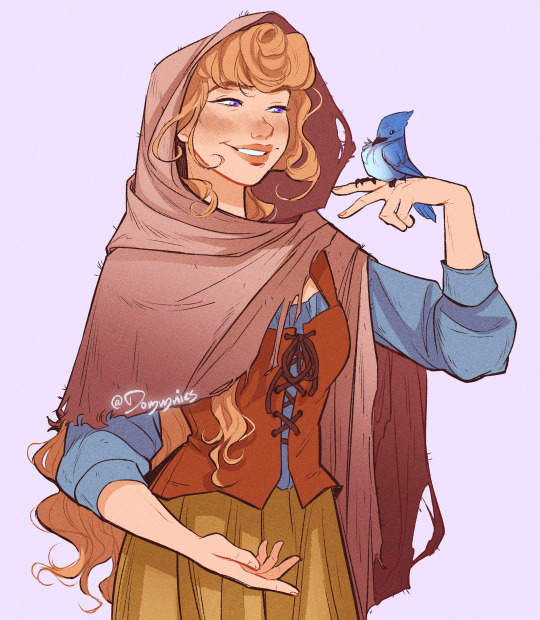

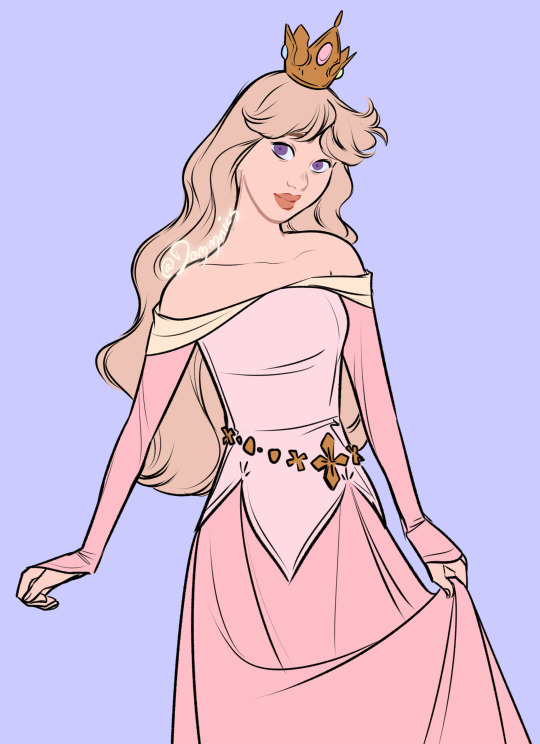
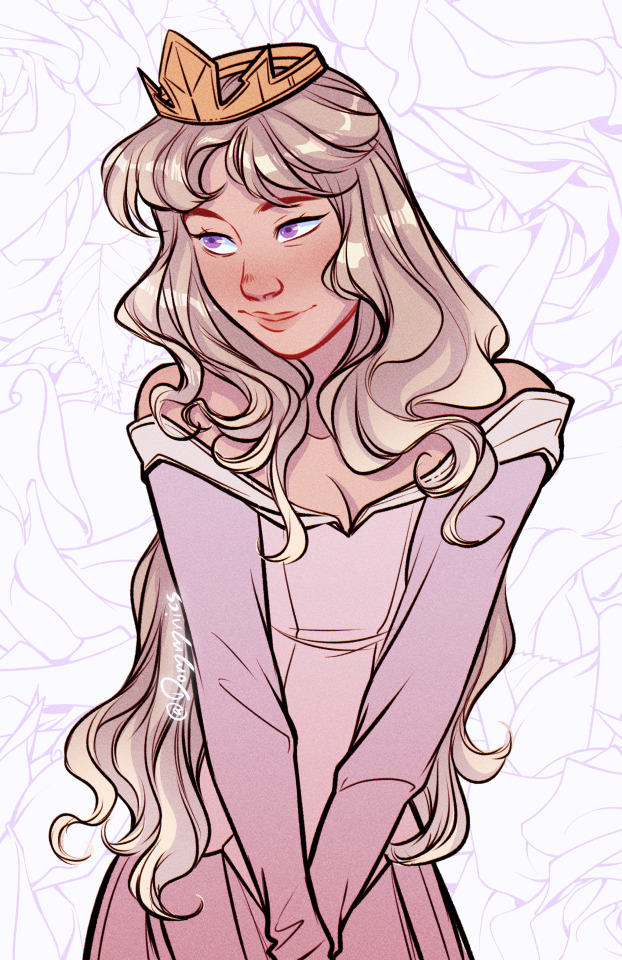
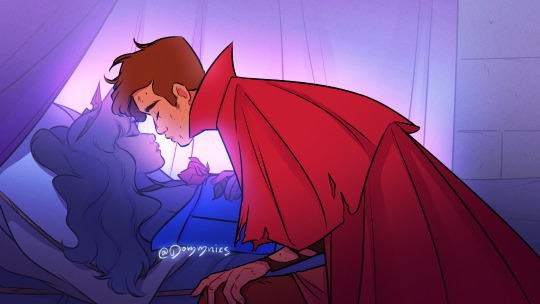
Sleeping Beauty (1959) turned 65, and it remains still such a beautiful film. It's one of my favourite quintessential fantasy films, and I adore princess Aurora and Maleficent!
--
Check out more of my work on other platforms!
My Instagram -- My Twitter
#sleeping beauty#disney#disney art#disney movie#disney fanart#sleeping beauty 1959#princess aurora#aurora#briar rose#maleficent#disney princess#disney princesses#disney princess art#disney villain#disney villains#disney villain art#fairy tale#fairy tales#brothers grimm
2K notes
·
View notes
Text
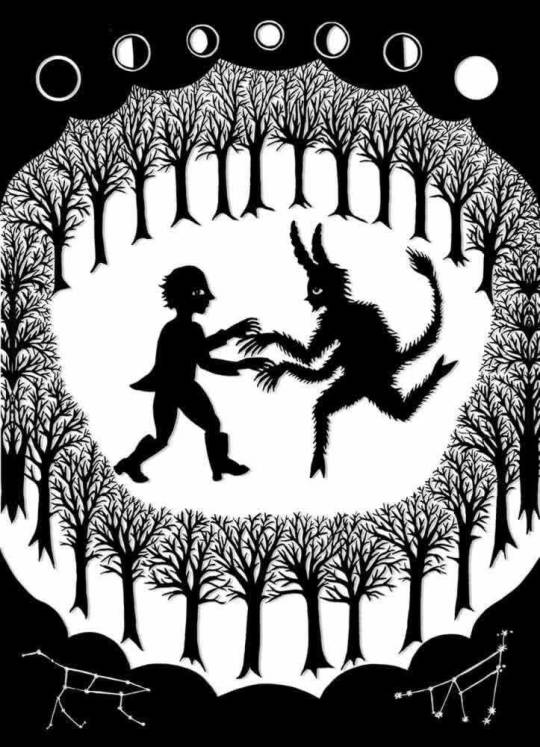
The Original Folk and Fairy Tales of the Brothers Grimm illustrated by Andrea Dezso
717 notes
·
View notes
Text

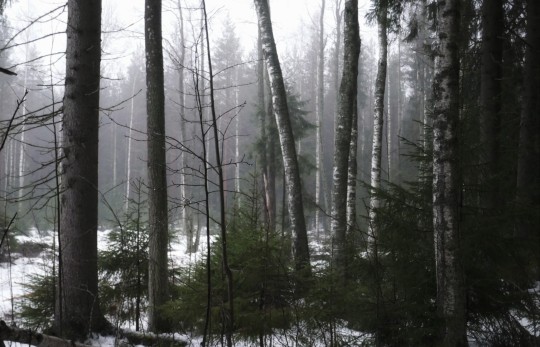

#dark forest#brothers grimm#dark winter#dark fairytale#winter#aesthetic#dark cottagecore#fog#forest#nature#forestcore#dark and moody#dark academia#gloomcore#winter photography#nature photography#original photography#photographers on tumblr#landscape#Finland
666 notes
·
View notes
Text
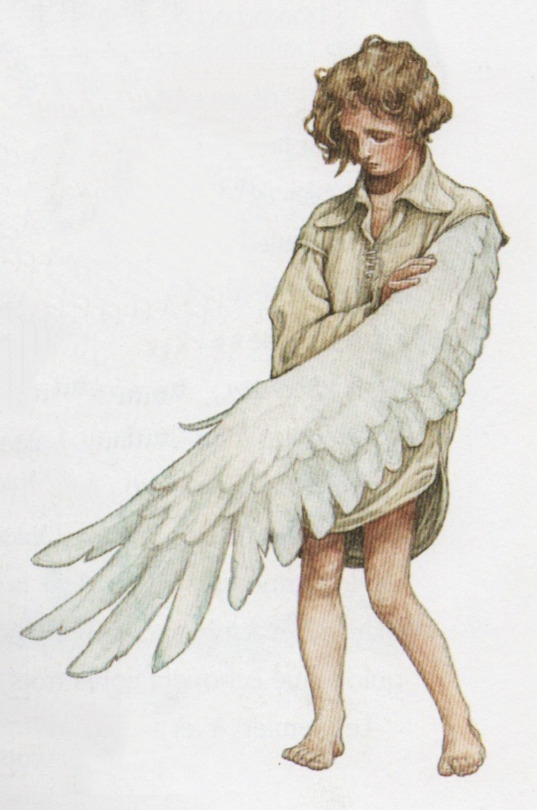
The Six Swans
Artist : Patrick James Lynch
#the six swans#les six cygnes#children's literature#fairy tale#children's books#fairy story#children's book#fairy tales#fairy#p. j. lynch#patrick james lynch#brothers grimm#the brothers grimm#les frères grimm#die sechs schwäne#german fairytales#german fairy tale#prince#wing#1993
866 notes
·
View notes
Text

Sweetheart Roland (1920) - Arthur Rackham
#illustration#arthur rackham#sweetheart roland#brothers grimm#1920s#1920#hans and grethel and other tales
535 notes
·
View notes
Text
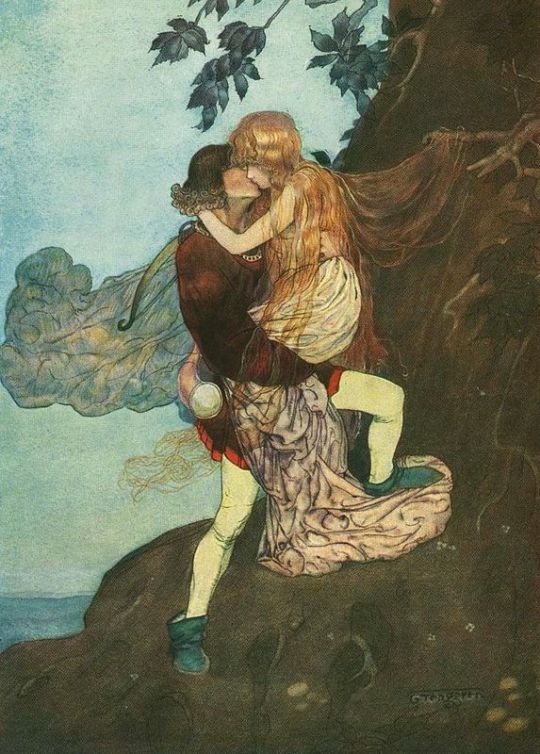
Illustration from Grimm's Fairy Tales by Gustaf Tenggren (1923)
#gustaf tenggren#art#illustration#golden age of illustration#1920s#1920s art#vintage art#vintage illustration#vintage#american art#american artist#books#book illustration#childrens books#fairy tales#fairy tale#fairytale art#brothers grimm#german folklore#classic art
2K notes
·
View notes
Text
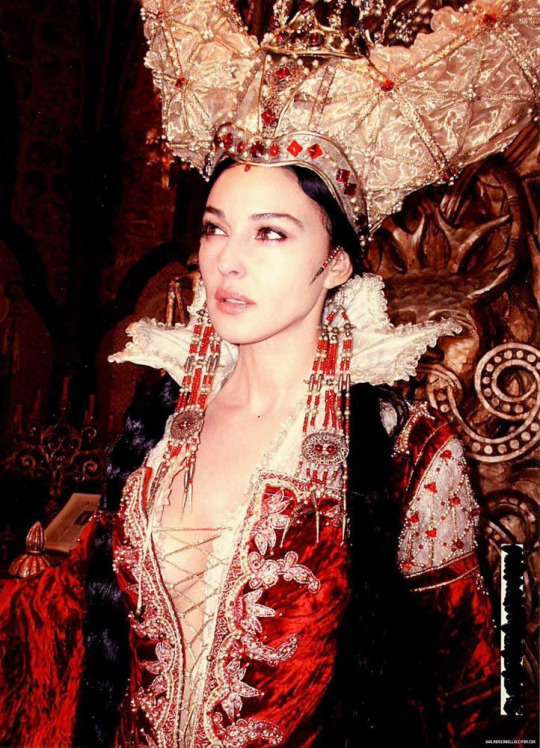

Monica Bellucci playing The Mirror Queen in the Brothers Grimm (2005)
2K notes
·
View notes
Text

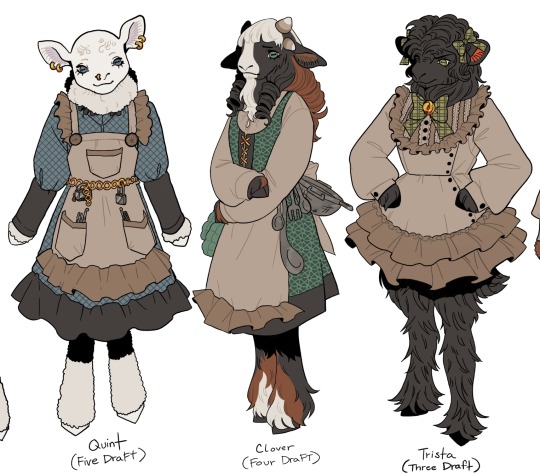

The 7 lambs!
Bit of a design practice
#digital art#ocs#my ocs#the wolf and the 7 lambs#brothers grimm#Sevvy lamb#Hex Lamb#Quint Lamb#Clover Lamb#Trista Lamb#Twain Lamb#Solitaire Lamb#furry
159 notes
·
View notes
Text




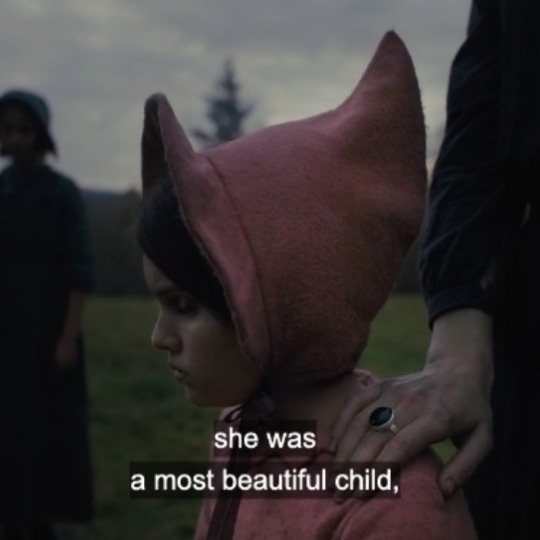


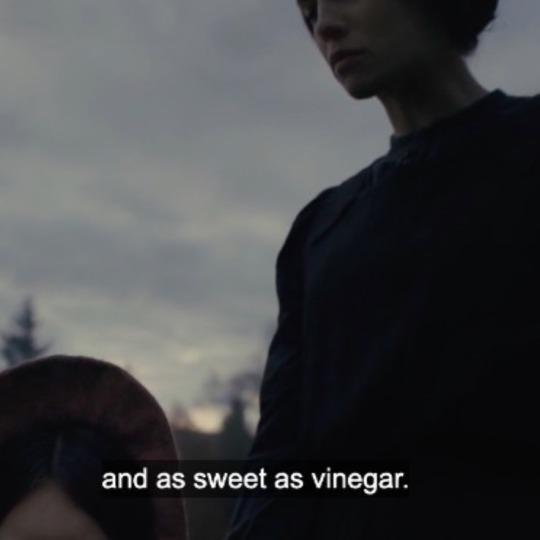


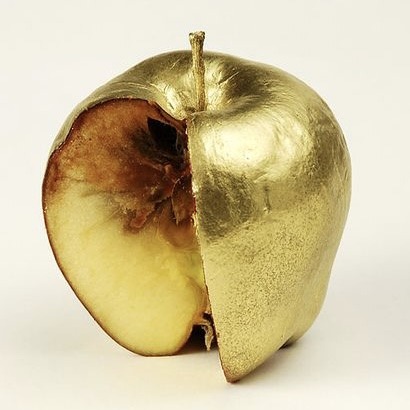

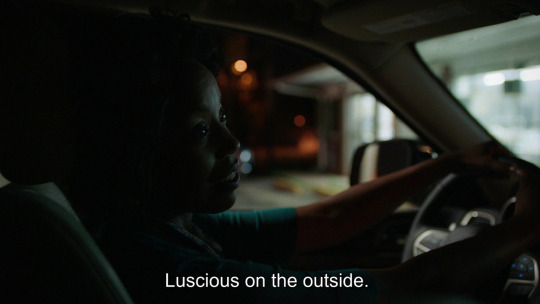


Chronic Illness - Christina Marie Brown / Helter Skelter (2012) / The Secret Diary of Laura Palmer / Gretel & Hansel (2020) / Pernille Augustson / Spit It Out - Softcult / Sharp Objects / All Eyes On You - Katy McAllister
#helter skelter#laura palmer#twin peaks#david lynch#gretel and hansel#sharp objects#gillian flynn#amy adams#camille preaker#brothers grimm#the brothers grimm#parallels#rotten#horror#hansel and gretel#gretel & hansel#hansel & gretel#literature#softcult#spit it out
986 notes
·
View notes
Text
Disney leaving out the backstory for Rapunzels name is so funny to me, because in the fairytale it makes sense but in the movie she's just named after a salad.
For no reason other than mother gothel/ the king & queen are horrible at naming babies
#fairy tales#brothers grimm#Gebrüder Grimm#Die Märchen der Gebrüder Grimm#rapunzel#tangled#german fairytales#Funny
167 notes
·
View notes
Photo
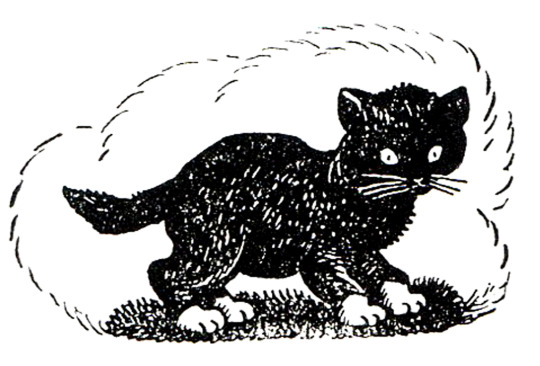
Tales From Grimm Freely Translated and Illustrated By Wanda Gág 1936
#Illustration#vintage illustration#children's illustration#brothers grimm#cat#kitten#fairy tale#1930s#1930's
728 notes
·
View notes
Text
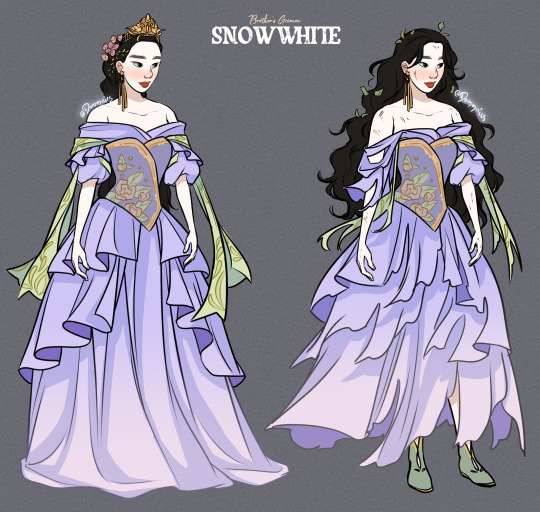
I love doing character designs for fairy tales and folktales, so here's my interpretation of Snow White for fun. I imagined her look on the left to be as she's taken by the huntsman into the woods, and then her look on the right after she's braved the woods and made it to the dwarfs' cottage.
--
Check out more of my work on other platforms!
My Instagram -- My Twitter
#fairy tales#snow white#brothers grimm#folktale#faerie tales#fairytale#fairytale art#fairy tale art#fairy tale illustration#snow white and the seven dwarfs#rt#dress#princess#character design#dress design
479 notes
·
View notes
Text

Illustration for Grimm's Fairytales by Arthur Rackham, 1917
305 notes
·
View notes
Text
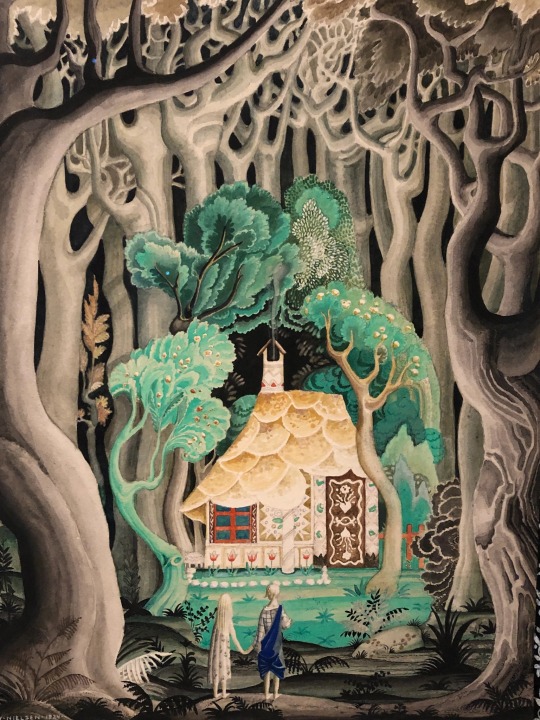
Kay Nielsen (1886 - 1957) Illustration for "Hansel and Gretel" by the Brothers Grimm (1924)
Source
248 notes
·
View notes
Text

Grimm’s Household Tales
Edited and partly translated anew by Marian Edwardes
E. P. Dutton & Co
New York
1912
Artist : R. Anning. Bell
Princess and the Dragon
#brothers grimm#frères grimm#children's literature#fairy tale#children's books#vintage illustration#fairy story#children's book#fairy tales#old illustration#1912#Princess#dragon#cloués#nuages#sea#mer#ocean#mythological creature#fantastic creatures
279 notes
·
View notes